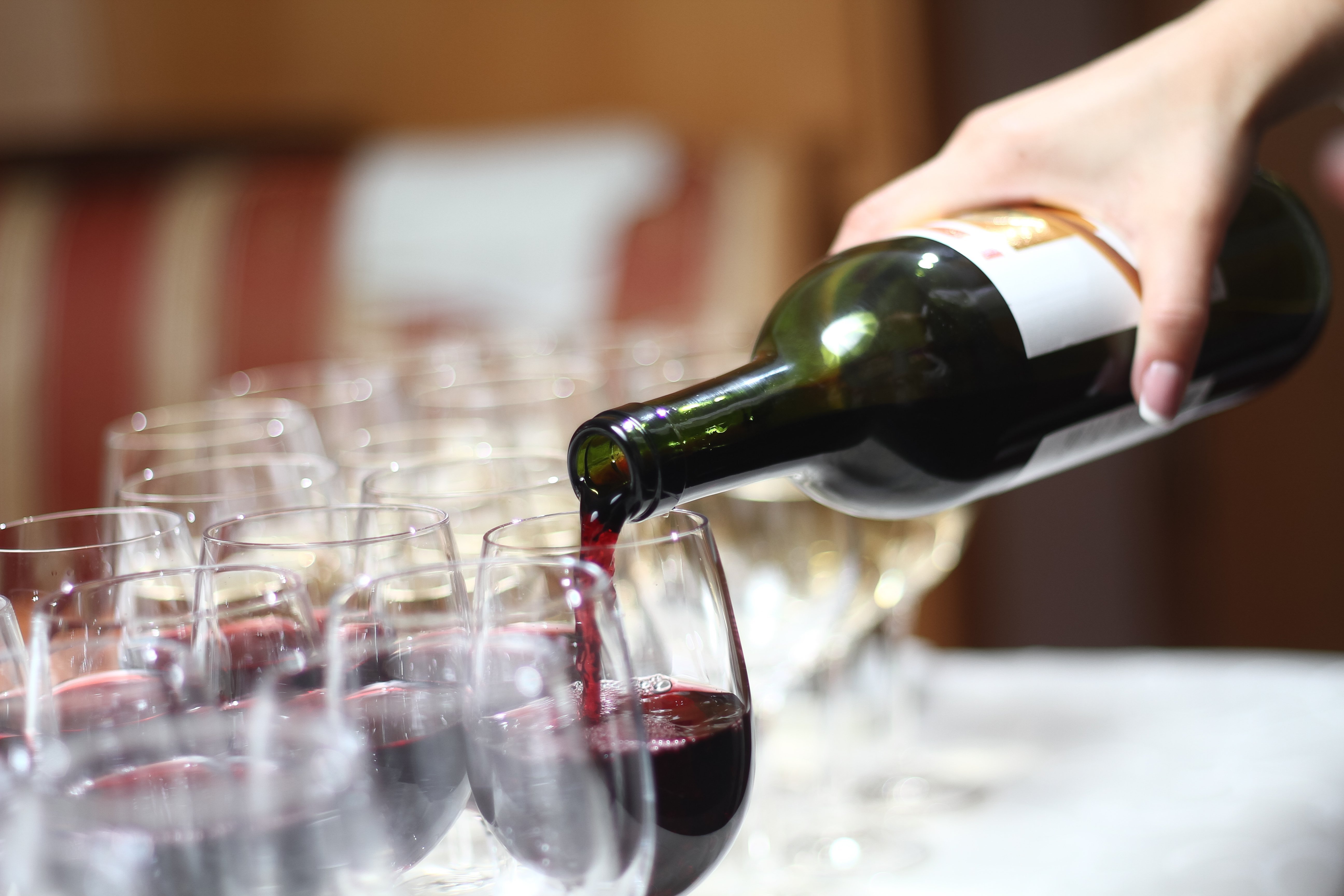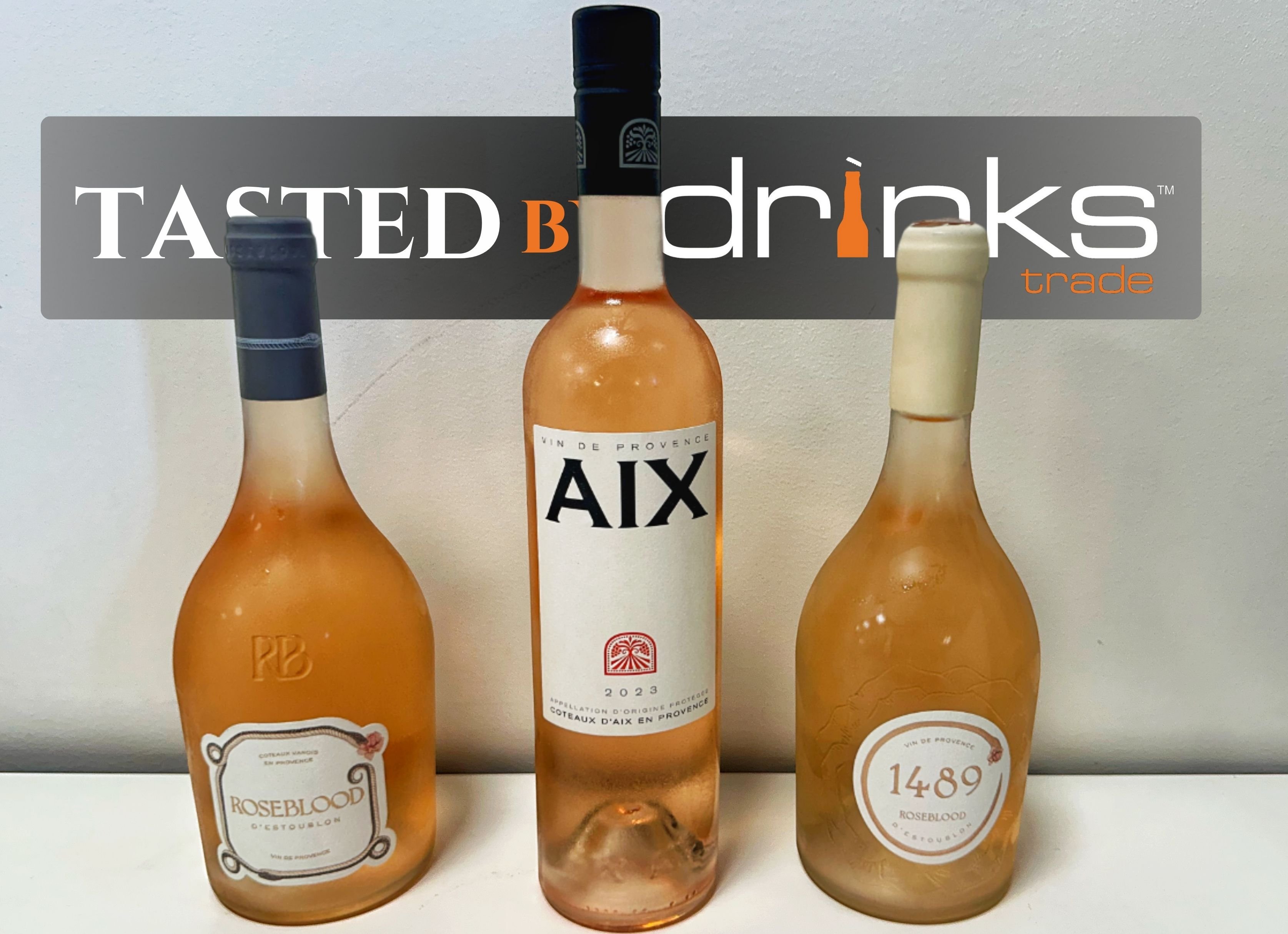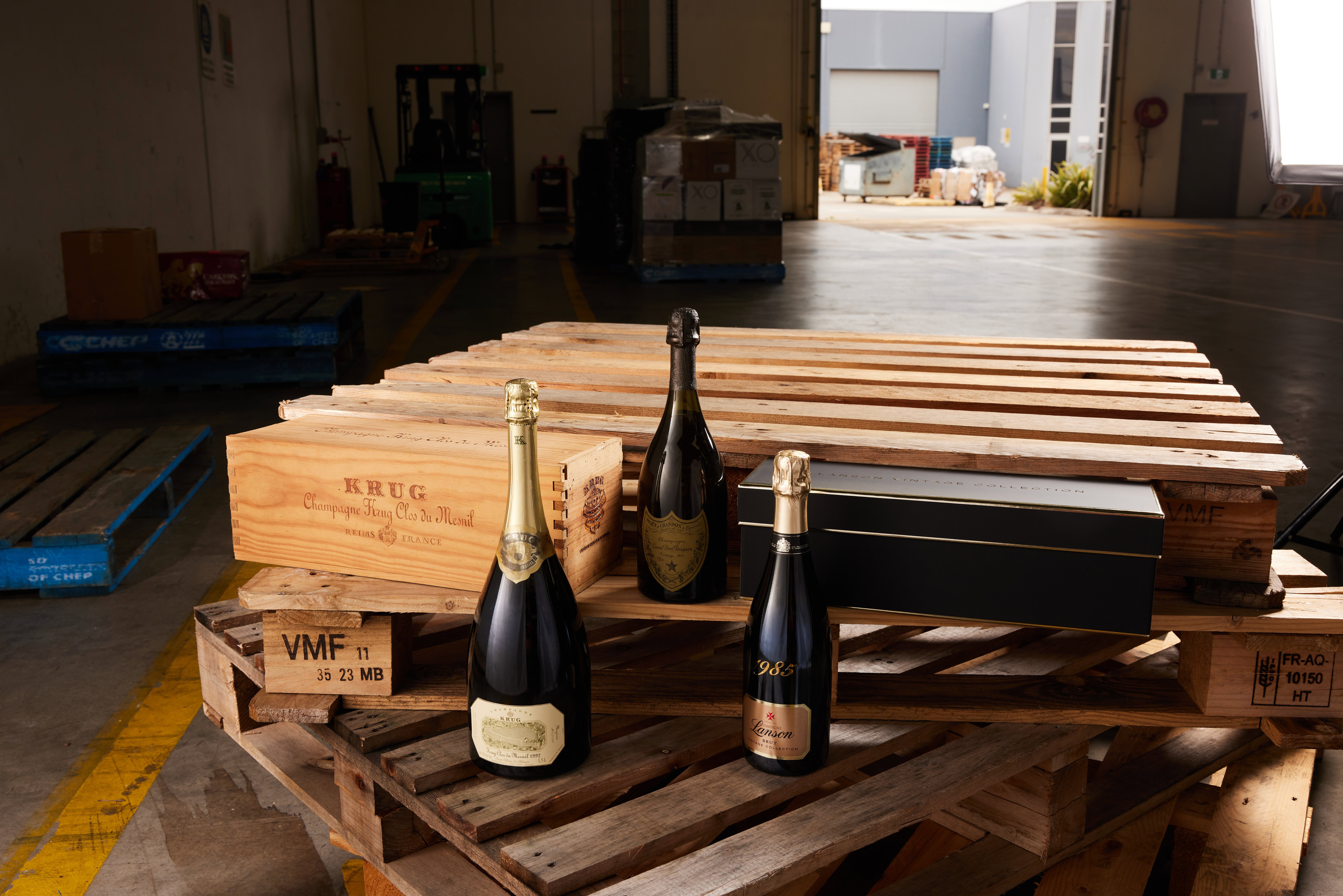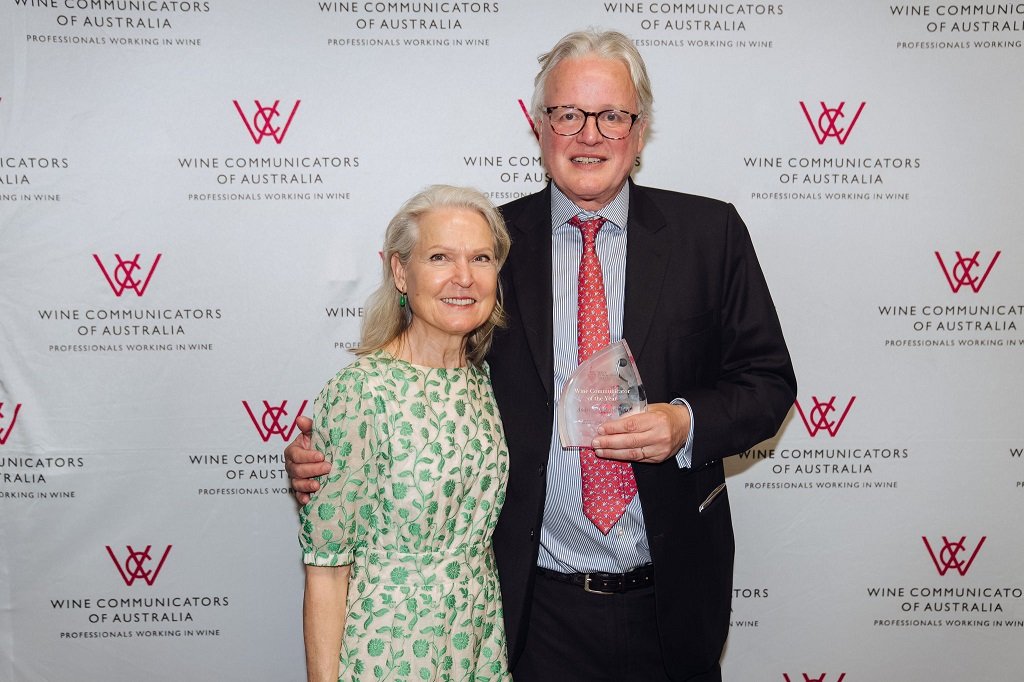Drinks Trade caught up with Julie McIntyre, Co-Founder and Director of the University of Newcastle's international Wine Studies Research Network and co-author of Hunter Wine: A history, to hear what she had to say about the wine region closest to Sydney.
Drinks Trade: How does one become a wine historian?
Julie McIntyre: I fell in love with wine before I could drink it! My grandparents owned a small vineyard and winery called Mudgee Wines, at Mudgee, until 1977. When I was young I visited them often and feel very nostalgic about the delightful aroma of a working winery.
Even so, I didn’t start seriously researching wine industry history until my PhD at the University of Sydney in the early 2000s. In that project I was interested to understand why planting wine grapes and making wine was a small part of the establishment of the colony of New South Wales at all. I mean, it’s not an obvious choice for British colonists with a climate (then) unsuited to grapes and no history of being winemakers to include starting a wine industry in their plans for a colony of convicts!
DT: What did you find out through that first project?
JM: What I found was that British colonists in North America had been interested in winegrowing since the 1700s. British elites and mariners enjoyed wine, and at times depended on it as medicine. And the British were such prodigious wine traders from European wine regions that they hoped to also produce wine in temperate colonies. At first colonial officials in New South Wales pictured making some wine for domestic consumption and also selling wine to visiting supply and trading ships.
DT: You’ve written a full book on the history of Hunter Valley wine production… Can you summarise some of the key moments?
JM: Experiments with growing wine grapes in the Hunter Valley started with the change in British colonial office policy from New South Wales being only a convict colony. From being closed to private capital investment from 1788, the colonial government changed policy in 1821 and began to sell off large acreages of land stolen from First Nations (without treaties) to white investors. These investors were encouraged to live on the properties and in the absence of a labour market were assigned convicts to work for them. This is how the earliest Hunter winegrowers like George Wyndham, James King and others first included winegrapes among their various crops and other income raising ventures.
Most early vine cuttings came from the Botanic Gardens in Sydney, which had been collecting vine stock for some years. James Busby produced a guide to winegrowing in 1825 and promoted the distribution of existing vine stock from the Botanic Gardens in his 1830 book A Manual of Plain Directions. In 1833 he sent further cuttings to the Gardens from overseas. These stocks were usually one or two cuttings of many varieties so it took some years to develop cuttings from that vine importation. Hunter growers also bought cuttings from Gregory Blaxland in Sydney and the nurseryman Thomas Shepherd, who it’s thought may have ghost written some of Busby’s advice to growers.
Busby did not plant vines in the Hunter, although that idea has wide traction. Busby’s brother-in-law William Kelman (married to James’ sister Catherine) did however plant vines at Kirkton and in the 1840s was considered to be the most successful grape grower in the region.
James King deserves attention too for his role with the Hunter River Vineyard Association, a pivotal group in tasting regional wines against international wines as a way to improve Hunter wines over time. Similar growers groups have been central to the success of the Hunter wine industry throughout its history. Growers in the Hunter might compete in the marketplace, but in most of the generations of the Hunter wine industry it is cooperation that has built the community strength, experience and advocacy that bolstered the region during good times and bad.
DT: How important has the Hunter Valley been for Australian wine as a whole?
JM: There’s a saying I heard often during my project from 2014 to 2018 looking into why the Hunter is Australia’s oldest continually producing wine region: the Hunter punches above its weight in terms of quality wine and the volume of its producers’ voices on behalf of the Australian wine industry. There are many leaders in each of the Hunter’s industry generations since the 1820s, including some fascinating innovators between the 1870s and 1910s whose names have been forgotten because their families aren’t in the industry any more.
Two unsung heroes are John Younie Tulloch and Hector Tulloch, father and son, who continued growing grapes, making wine in the toughest period for the wine industry since early colonisation: the 1930s to 1950s.
Even when only four wine businesses remained in the region in the 1940s production did not stop as it did in some other regions. Maurice O’Shea made a strong contribution in those years to producing very distinctive wines beloved of Sydney wine elites. His partnership with McWilliam’s proved beneficial for the region and that business went on to have highly awarded winemakers, including Phil Ryan.
DT: The Hunter Valley’s location close proximity continues to be a significant drawcard of the region… Was this historically important as well?
JM: The Hunter wine region wouldn’t exist if it wasn’t so Sydney. The Hunter Valley’s proximity to Sydney is why colonial officials designated potential farmland sales here from the 1820s. Early vineyard sites lay on the Hunter River and its tributaries, due to the need for water transport of supplies inward and goods to Sydney.
Over time the locus of the wine region moved west from those original farms to the present wine region of Pokolbin once roads and rail were constructed. Generation after generation Hunter growers have used the competitive advantage of being close to Sydney to maintain the region and shown industry leadership beyond their fairly modest acreage of vines compared with many other regions. Being close to Sydney is also a reason that the Hunter has attracted tourists since the nineteenth century. Early accounts of writers visiting James King’s Irrawang and John Wyndham (George Wyndham’s son) at Dalwood have the same sense of curiosity about vineyards and wine as wine writers and tourists today.
I can’t comment on contemporary tourist preferences but there’s no doubt a generational change taking place in the region, as there is among wine consumers and tourists. Wine styles and visitation experiences are changing.
When we look back at this period in 20 years’ time, whether the wedding venues remain or not, I think we’ll see the 2020s as a time when both internal and external forces necessitated industry responses. There’s a generational change in industry leadership and possibly a shift away from luxury tourism due to cost of living pressures. But ultimately, the Hunter wine region’s history is long and distinctive compared with other regions in Australia and the world. I hope people continue to be interested to visit to drink wines that are the latest products of many generations of initiative in a gloriously picturesque location!
Drinks Trade caught up with Julie McIntyre while laying the groundwork for a Hunter Valley feature in Drinks Trade #91 - Winter Edition. This magazine will be distributed nationwide soon.
Share the content










